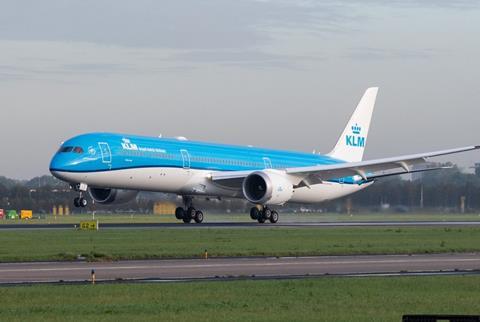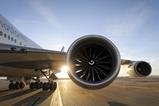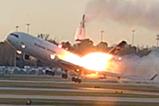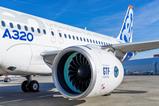Pilots of a KLM Boeing 787 aborted take-off in Toronto on 22 March after controllers realised the jet was accelerating toward a second 787 still on the runway.
The event, reported by the Transportation Safety Board of Canada (TSB) in a 10 April incident report, highlights a troubling runway incident at a time when safety experts, notably in the USA, are seeking to prevent such events.
The incident at Toronto Pearson International airport happened at about 21:09 local time and involved two 787s coming within 5,400ft (1,646m) of each other, a distance the accelerating KLM jet could have closed quickly had controllers not ordered the pilots to abort take-off.

The TSB says the KLM aircraft – a 787-10 with registration PH-BKC – was stopped near the end of Pearson’s runway 6L, awaiting departure clearance, when an arriving LOT Polish Airlines 787-9 (registration SP-LSB) landed on the same runway.
Immediately after the LOT jet touched down, pilots of the KLM 787 taxied their aircraft onto the runway.
The TSB says the LOT jet “was about the exit the runway at taxiway C5” when air traffic controllers cleared the KLM 787 to take-off.
But as that jet accelerated, the LOT pilots decided instead to taxi further down the runway and exit at taxiway C7, which is near the runway’s end.
Pearson’s control tower instructed the KLM pilots to abort take-off, at which time that jet was barrelling down the runway at about 110kt (240km/h).
The pilots slowed the jet and taxied off the runway.
Several recent close calls at US airports in the last year caught attention of regulators and lawmakers. The events include a Southwest Airlines 737-700 being cleared to take-off from Austin as a FedEx 767-300ER was landing.
In response to such incidents, the Federal Aviation Administration in 2023 initiated a safety review and has said it is investing in technology aimed at improving runway safety.































